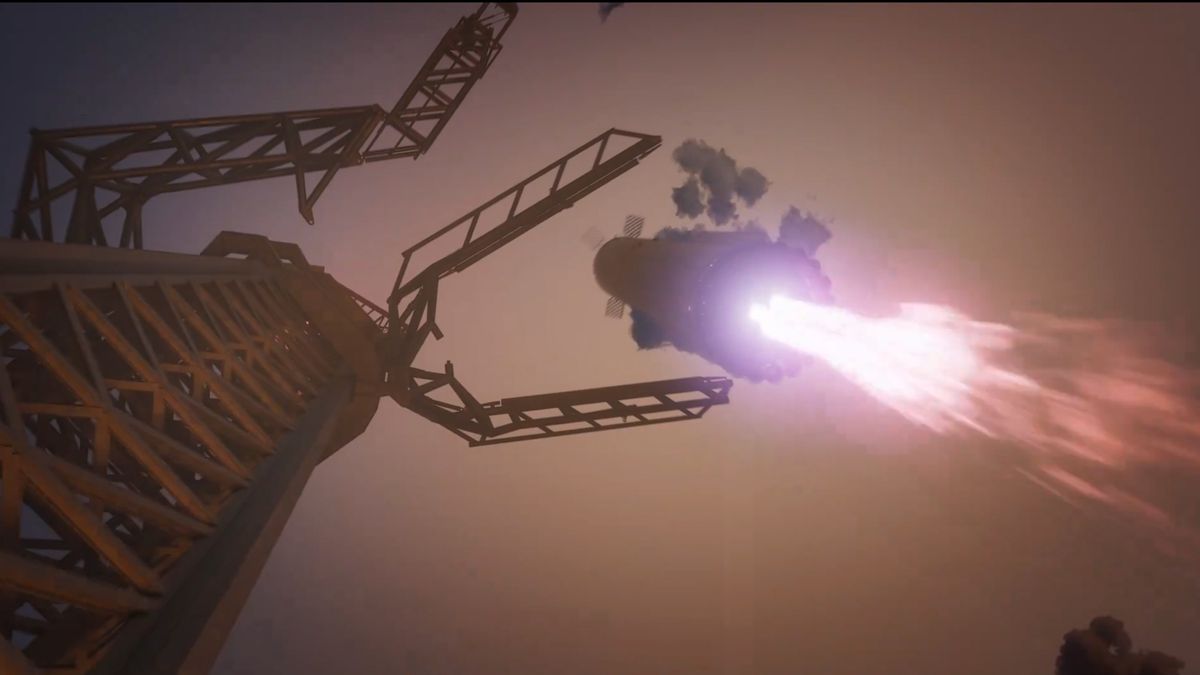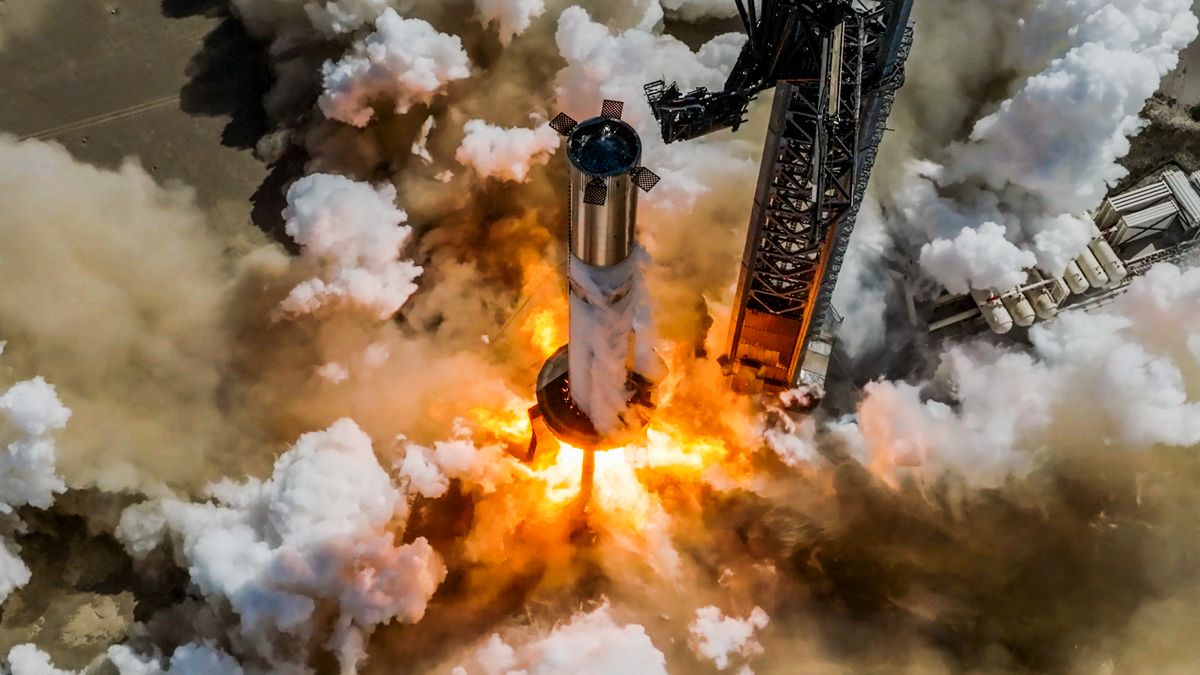SpaceX’s Starship program is gearing up for its fifth flight test, with plans to achieve a significant milestone: catching the Super Heavy booster upon its return. A recent video posted by SpaceX showcases highlights from the fourth flight test on June 6, depicting key moments like ignition, lift-off, booster separation, and successful reentries of both the Starship upper stage and the Super Heavy booster.
The teaser at the end of the video hints at the upcoming Flight 5, suggesting a pivotal attempt to catch the 400-foot-tall Super Heavy booster using Mechazilla, SpaceX’s towering launch tower.
Elon Musk, CEO of SpaceX, has confirmed plans to attempt this feat in late July, emphasizing the company’s ambition to enhance rocket refurbishment and achieve quicker turnaround times between launches. The concept of using Mechazilla’s “chopstick” arms to catch the booster was previously demonstrated in animation and recent tests, underscoring SpaceX’s innovative approach to reusability in spaceflight.

Since its initial flight tests, Starship has progressed steadily, overcoming early challenges such as stage separation issues to achieving successful ocean splashdowns of both stages in recent missions. The development of Starship is pivotal for SpaceX’s ambitious goals of interplanetary travel, including missions to Mars and supporting NASA’s Artemis program for lunar exploration.
The upcoming Flight 5 marks another step forward in SpaceX’s pursuit of fully reusable rocket technology, aiming to revolutionize space travel by significantly reducing costs and increasing launch frequency. With each test flight, Starship edges closer to becoming a reliable and efficient vehicle for future crewed missions beyond Earth’s orbit, potentially shaping the future of space exploration.







Leave a Reply